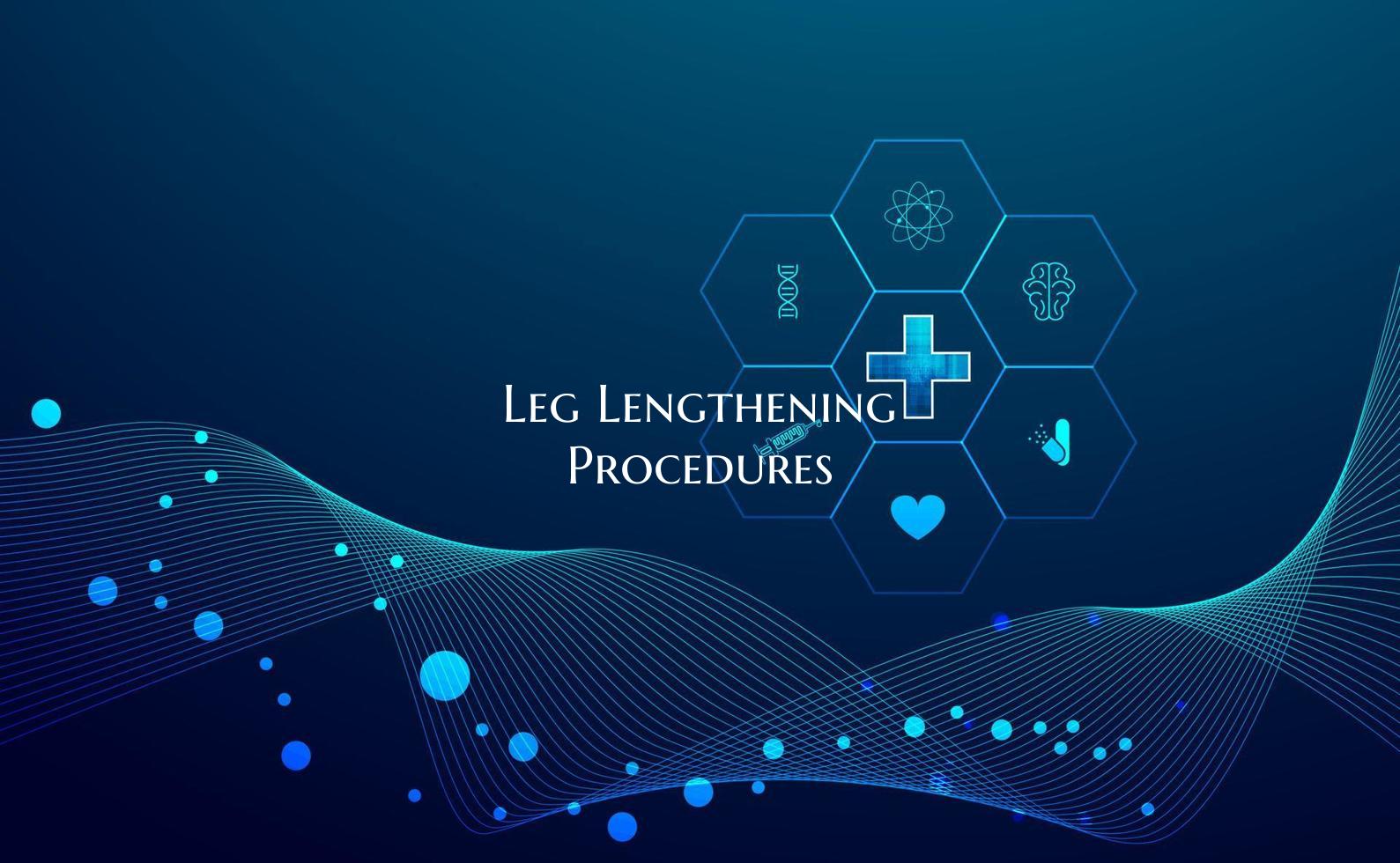
Leg Lengthening Procedures
Leg lengthening procedures are innovative orthopedic surgeries designed to increase the length of one or both legs. This specialized surgical technique is often performed to address conditions such as limb length discrepancy, dwarfism, or to enhance stature for cosmetic reasons. In this comprehensive guide, we will explore the various aspects of leg lengthening procedures, including the different techniques used, the recovery process, potential risks and benefits, and the overall impact on patients' lives.
1. Understanding Leg Length Discrepancy: Leg length discrepancy occurs when one leg is shorter than the other, leading to issues with posture, gait, and joint alignment. Leg lengthening procedures can help correct this imbalance and improve overall function and quality of life.
2. Techniques Used in Leg Lengthening: There are several methods employed in leg lengthening procedures, including the Ilizarov technique, the PRECICE nail, and the LON (Lengthening Over Nails) technique. These techniques involve gradual distraction of the bone, allowing new bone to form and lengthen the limb.
3. The Surgical Process: Leg lengthening surgery is typically performed under general anesthesia and involves making precise incisions in the bone to insert an internal or external fixation device. Patients are closely monitored throughout the distraction phase to ensure proper bone healing and lengthening.
4. Recovery and Rehabilitation: Following the surgery, patients undergo a rehabilitation program that includes physical therapy, exercises to improve strength and flexibility, and regular follow-up appointments with the orthopedic team. The recovery period can vary depending on the individual and the extent of the lengthening required.
5. Potential Risks and Complications: While leg lengthening procedures are generally safe and effective, there are inherent risks associated with any surgical intervention. These may include infection, nerve damage, bone fracture, and prolonged healing time. Close monitoring and adherence to post-operative care instructions are crucial in minimizing these risks.
6. Benefits of Leg Lengthening Procedures: The primary benefit of leg lengthening procedures is the correction of limb length inequality, which can alleviate pain, improve mobility, and enhance self-esteem. Patients who undergo these surgeries often report a significant improvement in their overall quality of life and confidence.
7. Patient Considerations: Before opting for a leg lengthening procedure, patients should have a thorough consultation with an orthopedic surgeon to discuss their goals, expectations, and potential outcomes. It is essential to weigh the benefits against the risks and be fully informed about the entire process.
In conclusion, leg lengthening procedures offer a promising solution for individuals seeking to address leg length inequality or enhance their stature. By understanding the various aspects of these surgeries, patients can make informed decisions about their orthopedic care and take proactive steps towards achieving optimal leg function and alignment.